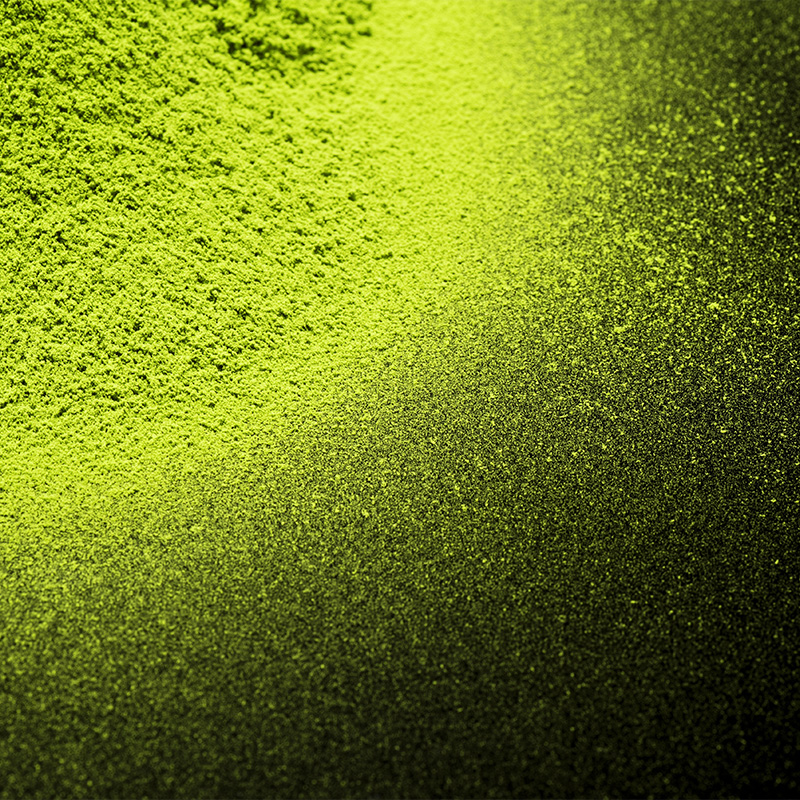If you are deciding to buy matcha, here is a simple guide which you can follow to know the real difference between quality matcha and ordinary.
You may think that simply looking for matcha described as “Ceremonial Grade,” versus “Culinary Grade” ensures you are buying good matcha, right? Wrong. Not all matchas are created equal.
Higher quality grades deliver a smoother taste, a better mouth feel, and are generally less bitter. On the contrary, lower grade matcha delivers a coarse and gritty taste. So before preparing a cup of matcha, take the time to find the best quality, and here’s how.
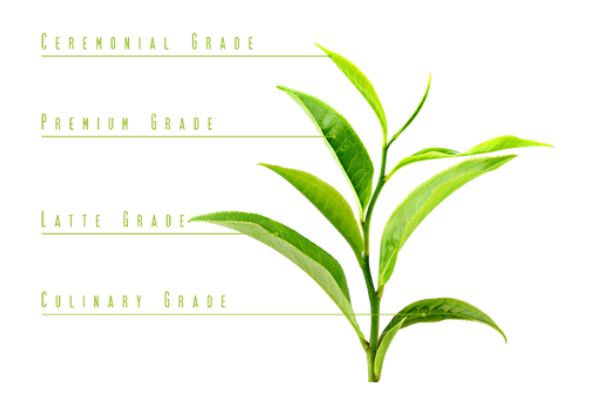
1. Origin
Matcha is native to Japan and the best quality matcha tea is made in Japan. And there are two regions in Japan widely considered to produce the best. While matcha is produced in several regions, the matcha from Nishio city in Aichi prefecture and Uji city in Kyoto prefecture are both generally considered the top producing areas. - The secont city is the home of M Matcha.
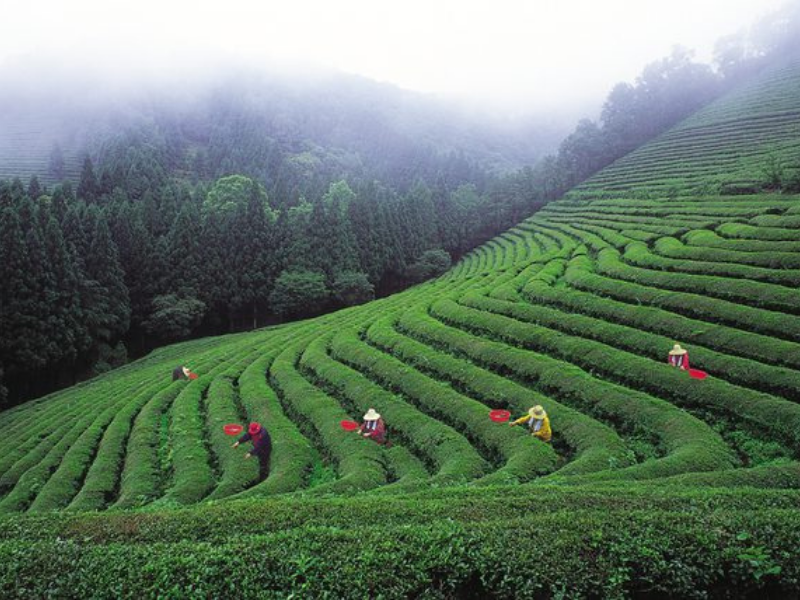
2.Price
Like all good things in life comes at a price, so does good quality matcha.
What you pay is what you get. The price of quality matcha will vary. Typically a 30 grams tin of good ceremonial grade ranges from US$ 25 to US$ 35. Lower prices are a sure-fire indicator of poor quality.

3. Color
When it comes to color, look for a really vibrant green. The greener the better! This is the most obvious tell-tale sign of good vs. bad. If it's yellowish or brownish or dull in look, it is old, of a lower grade or, worse, adulterated. Stay away from these.
Matcha is shade-grown,in this way, the tea leaves are forced to overproduce chlorophyll, which gives Matcha its characteristic bright green color.
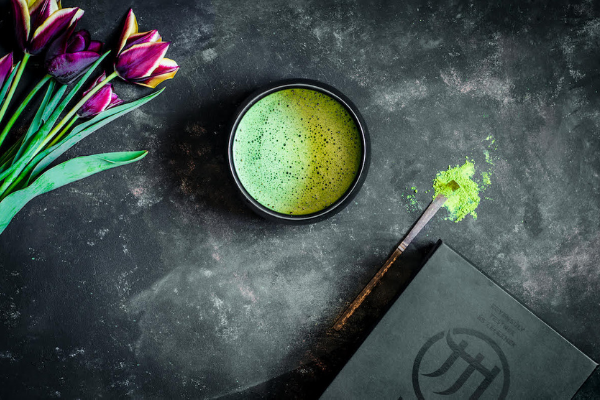
4. Taste
Good matcha has a sweet, vegetal smell to it, this can be attributed to the amino acid call L-Theanine which is produced when the tea is grown in the shade. The L-Theanine gives matcha the nice, clean drinking, green tea taste. Low-grade matcha lacks L-Theanine which results in a strong bitter and astringent flavour.
5.Feel
Matcha looks and feels more like a fine powder. The feel and texture of the powder itself can reveal a true quality matcha. A high quality grade is very fine and silky, similar to the feel of eye shadow, because its particle size is only 5-10 microns, meaning that it is as fine as baby powder. A lower-quality grade has a bigger particle size, which results in a coarser feel when rubbed between your fingers.
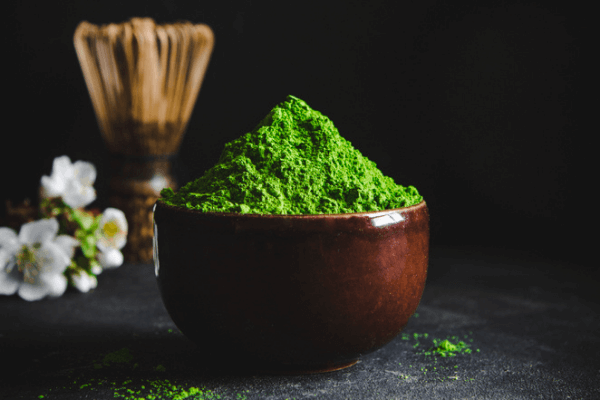
Would you like to try good quality matcha tea? Click here!
